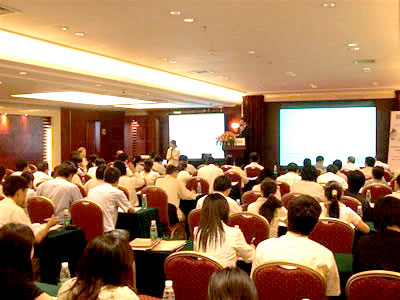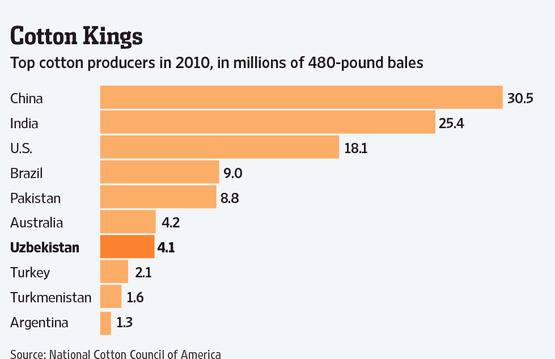|
Demand for elastane fibres -- known as spandex in the USA and parts of Asia -- is set to grow considerably according to a new report, ¡°Stretch fibres and fabrics: reaching new levels of comfort¡±, from the business information company Textiles Intelligence. In the ten years to 2010 demand for elastane fibres more than doubled, from around 160,000 tons to over 350,000 tons, and, despite the availability of cheaper substitute stretch materials, it will continue to increase at a rapid pace for the foreseeable future. Elastane is used in fabrics to impart stretch properties. Such fabrics represent one of the fastest growing categories of the apparel market thanks to their ability to provide comfort and enhance the appearance of garments. Stretch fabrics will continue to maintain an especially high profile in markets such as workwear and sportswear, where freedom of movement is essential. Growth in demand for the fibre has been attributed to a number of factors, including the rise in sales of garments containing elastane in China, Brazil and India, and an increase in the number of apparel applications for stretch fibres and fabrics. Casual lifestyles supplemented by exercise have spurred demand for garments such as running tights, biking shorts, leotards and swimsuits, for which elastane fabrics are highly suitable. Demand in the Chinese market is especially high and it is estimated to have reached 270,000 tons in 2010. In a bid to strengthen its foothold in the Chinese market and increase capacity, the US fibre and textile producer Invista announced in May 2011 that it planned to invest more than US$227 mn in the expansion of its Lycra elastane plant in Foshan, China. However, as a result of increases in production capacities by several suppliers, the prices of some types of elastane have come under downward pressure. In China there were significant falls in elastane prices in the year to June 2011, and such falls are seen as a pointer for the elastane industry as a whole. In the future, numerous opportunities will be created for fabric manufacturers who are able to address a growing requirement for performance characteristics such as comfort and easy care. However, established producers of elastane fibres -- such as Invista, Hyosung, Asahi Kasei and RadiciSpandex -- will continue to face stiff competition, particularly from low cost producers in China. They will also meet growing competition from manufacturers of other stretch fibres. Stretch fibres, and elastane in particular, have become indispensable in view of today¡¯s casual lifestyles and growing interest in fitness. But as the market continues to grow, so will the level of competition and prices will come under greater pressure. The way forward for companies supplying the market for stretch fibres and fabrics will be to focus on product innovation, improved product quality, enhanced performance and intensive marketing.
|
|
Demand for elastane (spandex) fibres set for significant growth
Updated: 2011-11-11 Source: Textiles Intelligence

Recommended News
Photo Gallery
Most Popular



